Dave Cross
Titanium
- Joined
- Oct 25, 2007
- Location
- South West Canada
After getting the correct bearings in for my machine I went to put them in and I got a bit blind sided by the nut for creating preload on the bearings. It is a SFK KMT5 :
http://www.ondrives.com/pdf/rino/catalogue/bearings/B_Lock_Nuts.pdf
I removed the set screws, but I can't crack this nut. I am gonna let is sit with some penetrant over night and come back to it tomorrow or Monday. I have never dealt with these style nuts before and I am wondering if the threaded inserts under the set screws need to come out before this will crack loose? I can't really see why but this thing is really cranked on there.
I am currently using a regular spanner and there is very little room to get any leverage on it, I am worried I am going to damage the nut. I am wondering if I should make a socket to crank on it but it doesn;t seem this should be necessary for a preload nut... Maybe some Monkey has been in here before?
The housing:
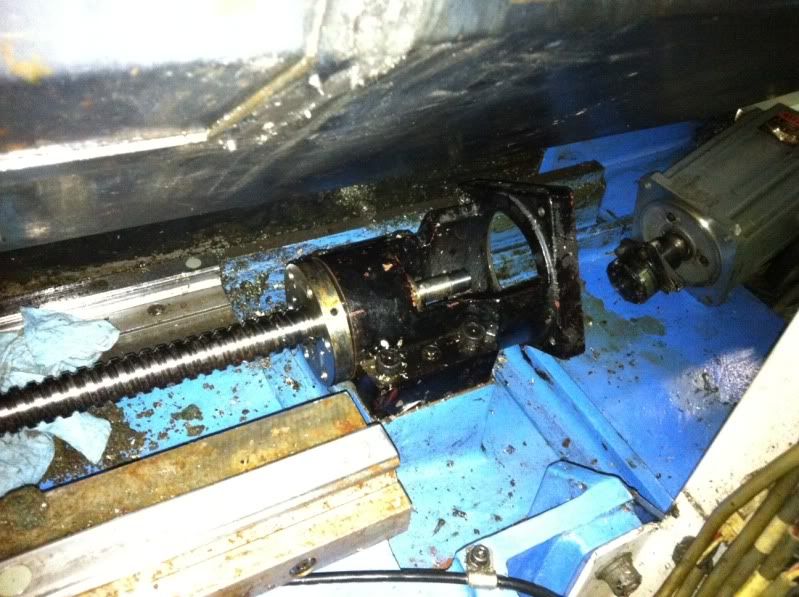
The Nut:
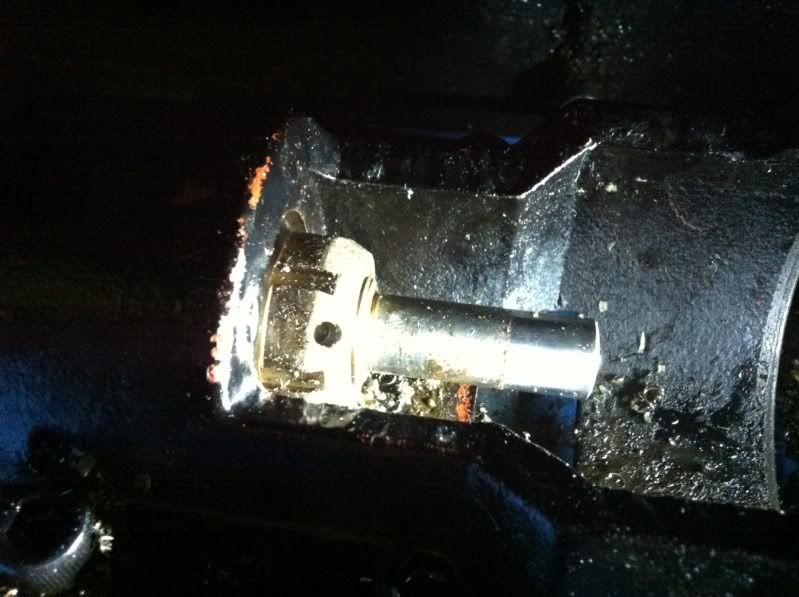
Limited access:

http://www.ondrives.com/pdf/rino/catalogue/bearings/B_Lock_Nuts.pdf
I removed the set screws, but I can't crack this nut. I am gonna let is sit with some penetrant over night and come back to it tomorrow or Monday. I have never dealt with these style nuts before and I am wondering if the threaded inserts under the set screws need to come out before this will crack loose? I can't really see why but this thing is really cranked on there.
I am currently using a regular spanner and there is very little room to get any leverage on it, I am worried I am going to damage the nut. I am wondering if I should make a socket to crank on it but it doesn;t seem this should be necessary for a preload nut... Maybe some Monkey has been in here before?
The housing:

The Nut:

Limited access:




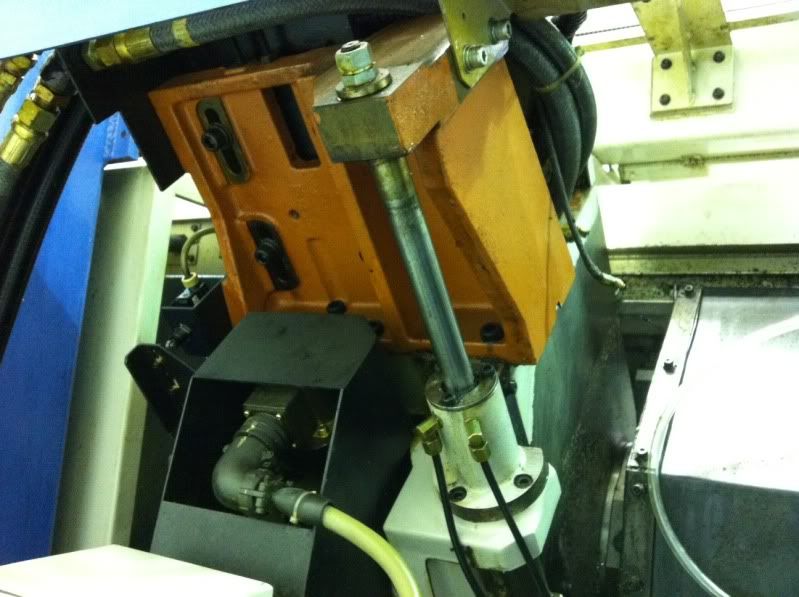
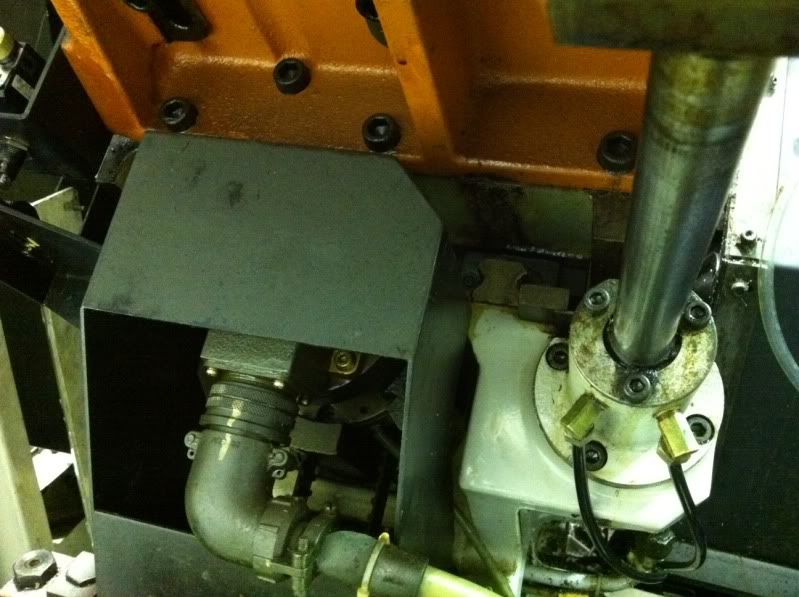

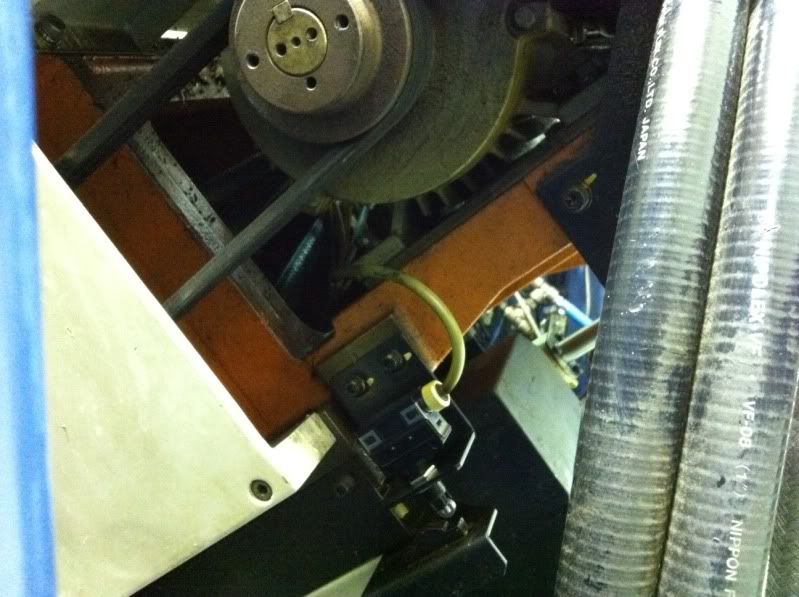
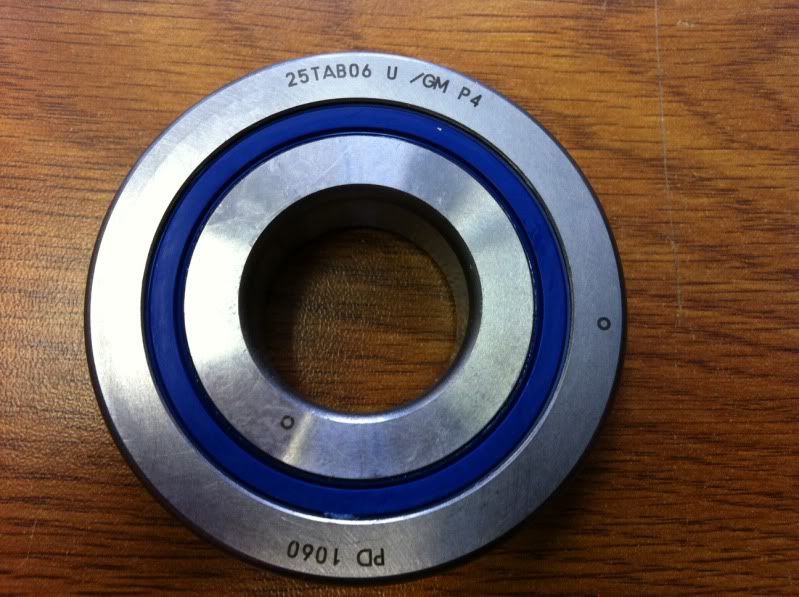
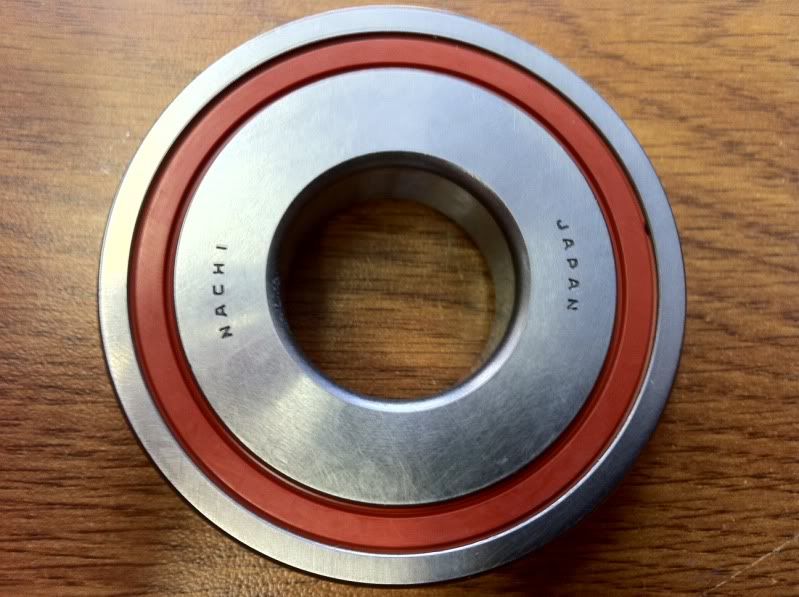
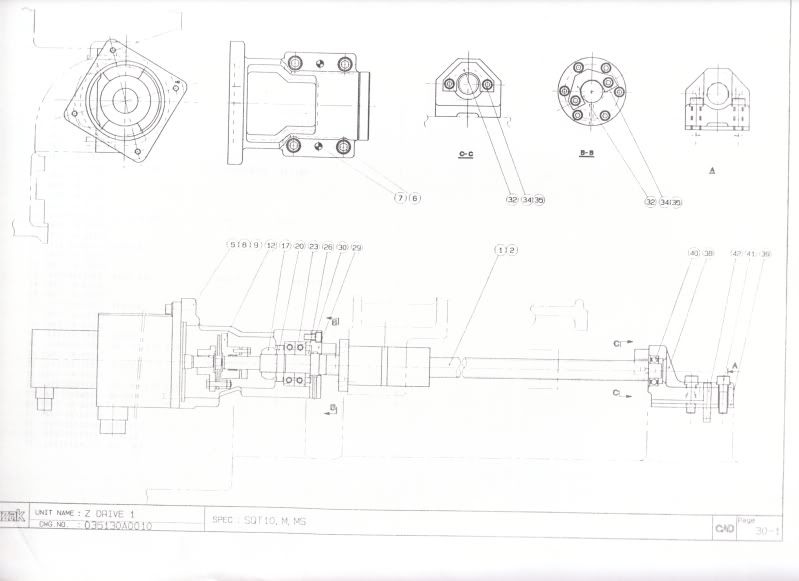
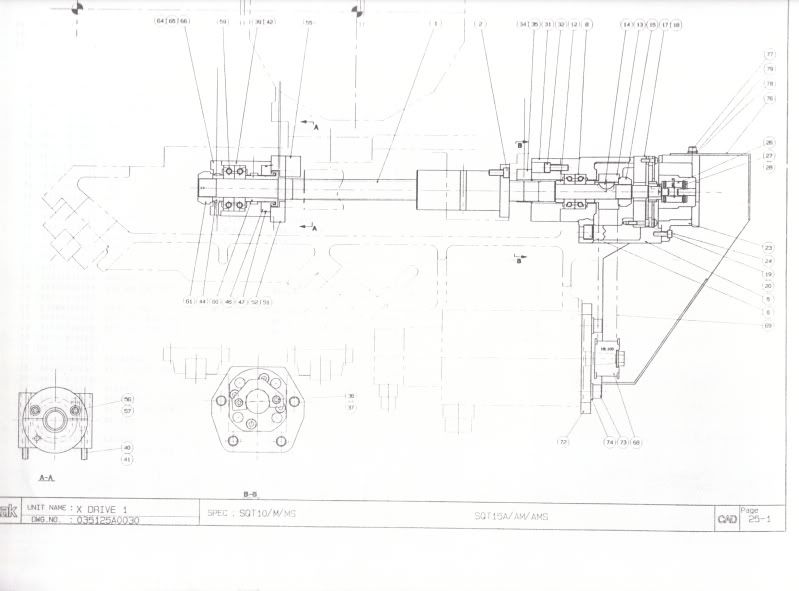

 But I have to wait 6 weeks.
But I have to wait 6 weeks. 
 ).
).